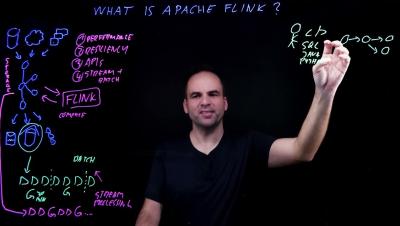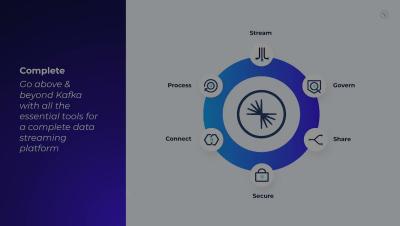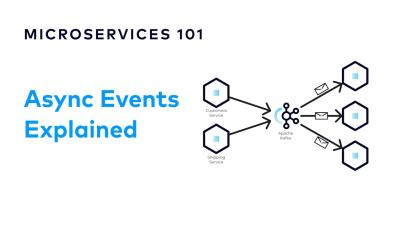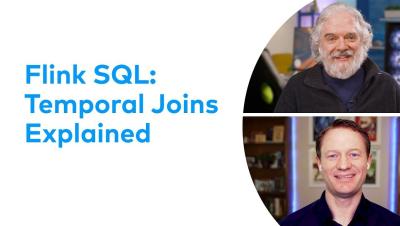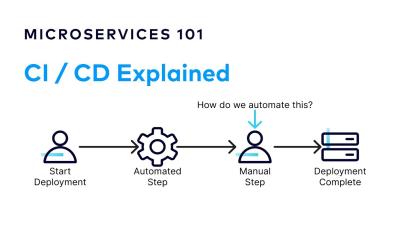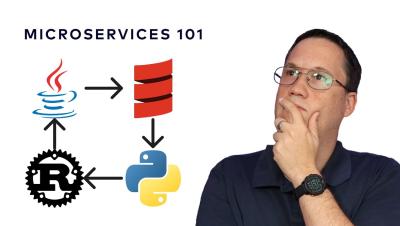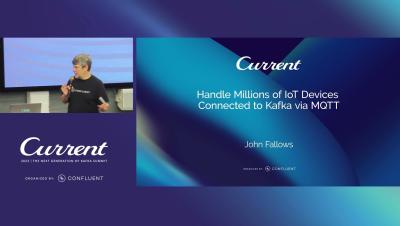Commands, Queries, and Events | Microservices 101
Messages between microservices come in three different flavors: Commands, Queries, and Events. Commands change the state, queries request the state, and events share the state. When designing microservice communication patterns, it is important to understand the role of these messages. Following a clear set of rules can help ensure consistency and clarity within your system of microservices.



